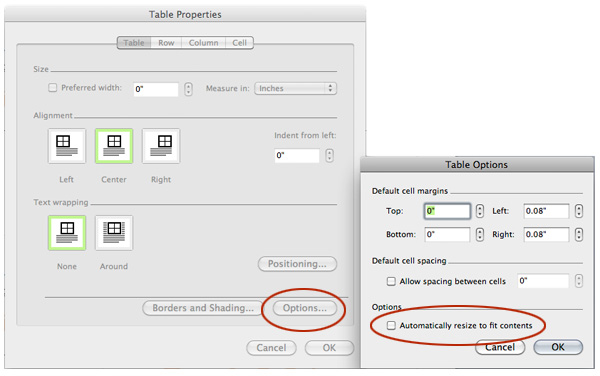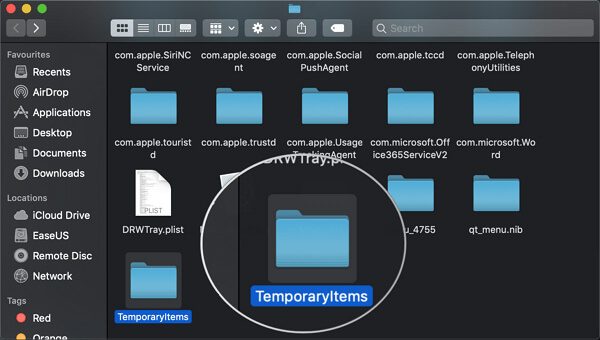
- #OPEN LOST WORD DOCUMENT IN MAC AUTO 2011 HOW TO#
- #OPEN LOST WORD DOCUMENT IN MAC AUTO 2011 FULL VERSION#
- #OPEN LOST WORD DOCUMENT IN MAC AUTO 2011 UPDATE#
- #OPEN LOST WORD DOCUMENT IN MAC AUTO 2011 LICENSE#
Turn off/disable them, to see if this helps with getting your EndNote CWYW to work.
#OPEN LOST WORD DOCUMENT IN MAC AUTO 2011 UPDATE#
Open Word and choose Word: Check for updates., and run the automatic update check. Check that you have the latest version of Word
#OPEN LOST WORD DOCUMENT IN MAC AUTO 2011 LICENSE#
Please note that in this case, you need your license product key during the installation process:ī.
#OPEN LOST WORD DOCUMENT IN MAC AUTO 2011 FULL VERSION#

A drop-down arrow should appear at the right of the style name.

#OPEN LOST WORD DOCUMENT IN MAC AUTO 2011 HOW TO#
How to solve the problem? Turn off the setting in Word that causes explicit formatting to be absorbed into the underlying styles. All of a sudden, local formats can be propagated globally, and that results in what appears to be strange behavior on the part of Word. This behavior (of absorbing explicit formatting into the underlying style) really muddies the water for people just learning how Word handles formatting. When this occurs, any other document elements that used that style automatically change to reflect the newly applied format. This happens because Word can "absorb" explicit formatting changes into the underlying style.

Word also makes it possible for explicit formatting to not just override the implicit formatting, but to become the implicit format. You can't remove it you can only override it. For instance, if you select a few words in a paragraph and then click the Bold tool, the selected text is formatted as bold, but you haven't removed the style that controlled how the text was originally formatted. If you try to ignore styles, then most, if not all, of your paragraphs use the Normal style.Īny explicit formatting you do is always done as an overlay to the underlying style-based formatting. If you create new styles, you are creating new "default" formatting that can be applied to various elements of your document. If you change what is within the definition of a style, then you've changed the formatting applied across all paragraphs or characters that use that style. You can't get away from them they are always there, even if you try to ignore them.

Explicit formatting is done through the use of formatting commands, such as those found on the toolbars, in the menus, and in various dialog boxes.Īll default formatting in Word begins with styles. Implicit formatting, which is formatting done by "default," is implemented through the use of styles. In general, there are two types of formatting in Word: implicit and explicit. Every time she highlights a section of text and then changes the font or margin alignment, Word changes the whole document into that new font or margin.īefore explaining how to fix this, it is necessary to do a bit of a review about how formatting is handled in Word. Emily has a concern about how she keeps losing document formatting.


 0 kommentar(er)
0 kommentar(er)
